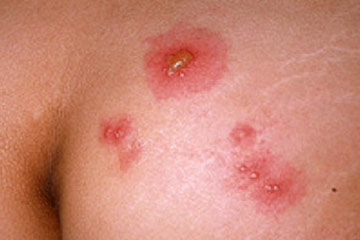Abdominal Surgery
Abdominoplasty, Abdominal Reduction, Tummy Tuck, Apronectomy
WHY IS AN ABDOMINOPLASTY PERFORMED?
Excess skin on the tummy, droopy skin and lax abdominal muscles can occur after dramatic weight loss, multiple pregnancies or twin or triplet pregnancies. In some cases the problem does not respond to further dieting or exercise and the only way to resolve the problem is surgical excision of the excess skin.
WHAT IS INVOLVED IN THE OPERATION?
The operation involves cutting out an ellipse of skin between the pubic bone and the navel (belly button). This takes with it the underlying fat and if necessary tightening of the muscles and liposuction maybe considered at the same time. Once the ellipse of skin has been removed, the skin above the navel is pulled down and stretched towards the skin below the pubic bone and they are stitched together. This skin is pulled down over the belly button and a new hole needs to be made for the belly button to come through. The result is two scars, one along the lower tummy at the level of the pubic hair and another around the navel. The lower scar should be concealed by most styles of underwear and swimwear.
The operation involves a general anaesthetic and a hospital stay of 2 to 4 days. The best results are obtained in patients who are the correct weight for their height and you may be asked to lose weight before surgery is considered. You will be required to sign a consent form giving permission for the operation. This requires that you are aware of the risks and complications involved in the procedure.
ARE THERE ANY COMPLICATIONS?
There are general risks associated with a general anaesthetic such as chest infection and DVTs (clots in the veins of the legs). You will be encouraged to get up and walk around as soon as possible to reduce these risks. This will feel uncomfortable and tight at first and you will be given pain killers to help with this.
Complications specific to this operation include infection and problems with wound healing. This most commonly affects the most central part of the wound and it may require regular dressing for a few weeks. Problems with the wound are more common in smokers, diabetics and overweight patients. If you are smoker you are strongly advised to stop smoking before the operation. Some people experience problems with red, raised and lumpy scars but most scars will become very pale and thin. Collections of blood (haematomas) and collections of fluid (seromas) can occur and may require drainage with a needle or more rarely a return to the operating theatre. Numbness may occur and can occasionally be permanent. In some cases minor adjustments under local anaesthetic are required at a later date.
WHAT HAPPENS AFTER THE OPERATION?
When you come round from the anaesthetic you will be bandaged and have drainage tubes in place. The drains can usually be removed a day or so after the operation but occasionally will be left for a little longer if fluid continues to leak. You may have dissolvable stitches but any permanent stitches that are used, especially around the navel, may need to be removed approximately 10 days after the surgery.
WHEN CAN NORMAL ACTIVITIES BE RESUMED?
You can usually return to work after 2 to 4 weeks depending on your job but you should avoid any strenuous activity for up to 6 weeks after the operation.
The British Association of Plastic Surgeons
http://www.baps.co.uk/






